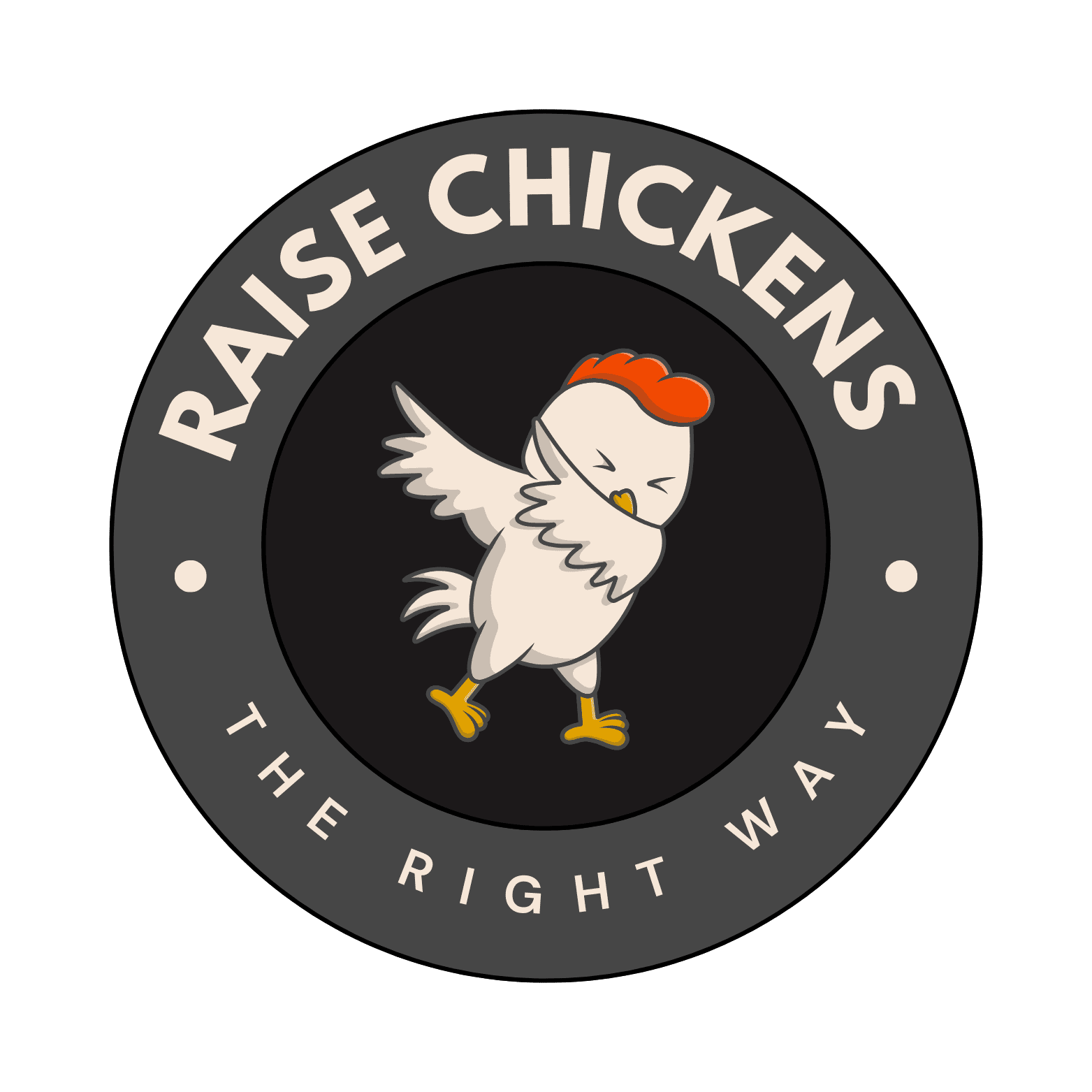My Experience Dealing with Fowl Cholera in Chickens: A Farmer’s Complete Guide
I’ve been raising chickens for over two decades now, and let me tell you, there’s nothing that sends a chill down my spine quite like spotting the first signs of Fowl Cholera in my flock. I’ll never forget the first time I encountered this nasty bacterial disease on my farm, and today I want to share everything I’ve learned about identifying, treating, and preventing it.
What Exactly is Fowl Cholera?
Before I dive into the nitty-gritty, let me explain what we’re dealing with here. Fowl Cholera is a serious bacterial infection caused by Pasteurella multocida. I’ve seen it affect chickens of all ages, though I’ve noticed older birds tend to be more susceptible. It’s not something to take lightly – I’ve learned that the hard way.
Recognizing the Warning Signs
Through my years of experience, I’ve become quite familiar with the symptoms. Here are the key signs I always watch for:
Acute vs. Chronic: Understanding the Difference
I’ve witnessed both acute and chronic forms of Fowl Cholera, and they’re quite different beasts. The acute form is like a lightning strike – it hits fast and hard. I’ve sadly lost birds within 24 hours of showing symptoms. The chronic form is more sneaky, developing slowly with swollen joints, wattles, and sinuses. I’ve found that birds can survive longer with the chronic form, but they’ll need immediate attention.
Treatment Options That Have Worked for Me
When it comes to treatment, timing is absolutely crucial. I can’t stress this enough – the earlier you catch it, the better chance your birds have. I’ve had success with antibiotics when administered early, particularly sulfadimethoxine and tetracyclines. However, I always consult with my vet before starting any treatment plan.
My Prevention Strategy
Over the years, I’ve developed a solid prevention strategy that’s helped keep my flock healthy. Here’s what I recommend:
The Economic Impact on Your Farm
Let’s talk numbers for a moment. I’ve learned that Fowl Cholera can devastate a farm’s finances. Between lost birds, decreased egg production, and treatment costs, it’s not just a health issue – it’s an economic one. I’ve seen small farms lose up to 50% of their flock when the disease isn’t caught early enough.
Common Mistakes I’ve Seen (And Made)
I’ll be honest – I’ve made my share of mistakes dealing with Fowl Cholera. One of the biggest was waiting too long to start treatment because I thought the symptoms might just be stress-related. Another was not isolating sick birds quickly enough. Learn from my mistakes – if you suspect Fowl Cholera, act fast!
Understanding the Spread
Through my experience, I’ve found that Fowl Cholera spreads primarily through respiratory secretions and droppings. What’s particularly tricky is that recovere
